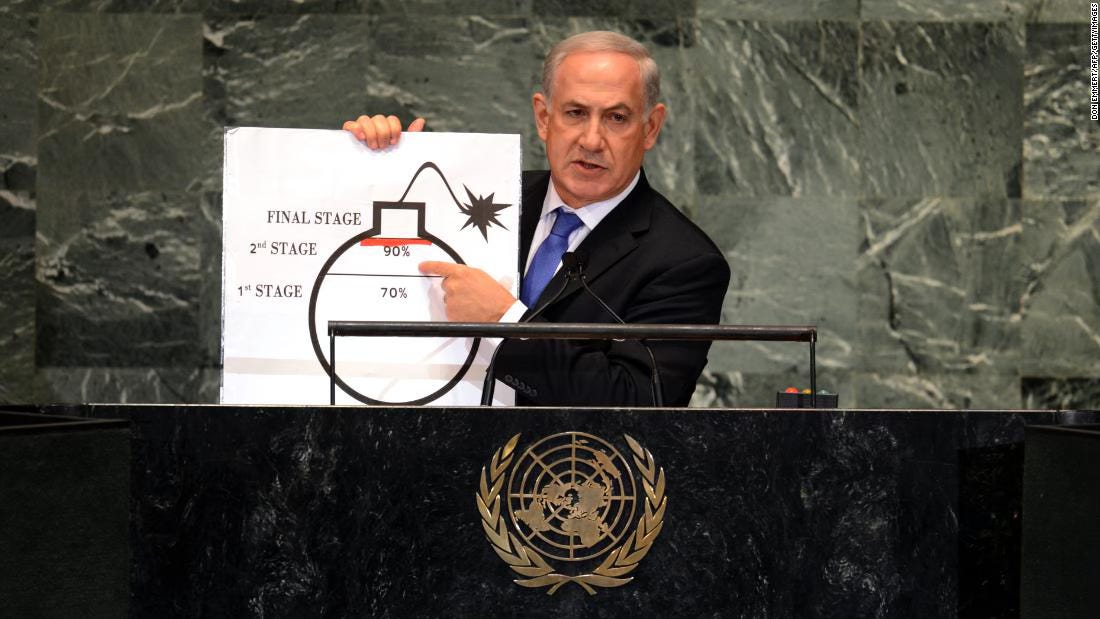Update: Israel Launches Air Attacks on Iran
Rumors of war, once again fueled by questionable intelligence, are roiling the Middle East.
JERUSALEM (AP) 8 pm EDT Thursday — Israel attacked Iran’s capital early Friday, with explosions booming across Tehran as Israel said it targeted nuclear and military sites.
Earlier today, SpyTalk reported:
More than two decades after the United States invaded Iraq on the basis of phony evidence that Saddam Hussein had weapons of mass destruction, the gro…
Keep reading with a 7-day free trial
Subscribe to SpyTalk to keep reading this post and get 7 days of free access to the full post archives.



